using word mats to promote orthographic mapping
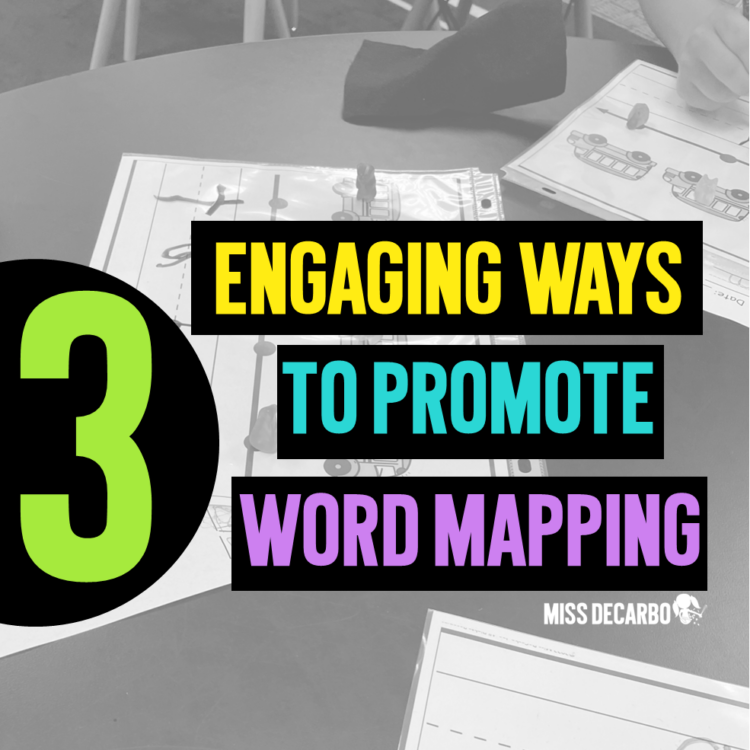
Let’s chat about orthographic mapping today. Read the following words: dog, and, ocean, beautiful, story, significance. Could you do this quickly and without conscious effort? If so, these words are sight words for you! A sight word is any word a person can identify instantly- and ANY word can become a sight word! Whether it is a tiny word, like “the” or “and”, or a more complex word such as a “beautiful” or “ocean”, you can read it automatically because you have these words stored in your long-term memory. As students store more and more words into their long-term memory, their reading fluency improves. This process of storing words into our long-term memory to become fluent readers is known as orthographic mapping.
What is orthographic mapping?
Orthographic mapping is the process of connecting sounds (phonemes) to the letters in a word (graphemes). The student must also attach meaning to the word. Through orthographic mapping, successful readers store the connected phonemes and graphemes of words (as well as their meanings) to their long-term memory. Successful readers use the mental process of orthographic mapping to become fluent readers!
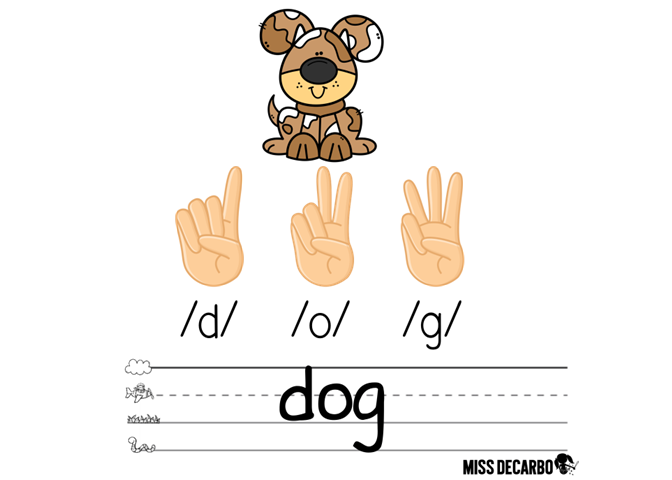
The image shows a simple way to understand the three forms of a word. Every word has phonemes (sounds), orthography (spelling), and meaning. When you encode a word that you already know the meaning and pronunciation of, such as dog, you segment and pull apart each sound within the word: /d/ /o/ /g/. Then, you connect graphemes to each sound in order to spell the word: dog. When we decode, we do the reverse. We look at the word’s written representation, or the graphemes that spell the word dog. Then, we sound out each phoneme, and attach meaning to the word we read.
Phonemic awareness, automatic letter-sound knowledge, and accurate and automatic decoding of the word must be in place before orthographic mapping can take place.
how do I help my students map words?
We can’t TEACH orthographic mapping. It is a mental process. We can, however, help our students develop a strong understand of accurate and automatic letter-sound knowledge. We can also provide explicit, systematic phonics instruction and phonemic awareness to help students segment sounds and blend the sounds together to decode a word. Through word mapping activities, we can help students understand the relationship between phonemes and graphemes with a physical representation such as elkonin boxes. Word mapping mats are a great way to help students develop strong letter-sound connections that promote orthographic mapping.
Let’s dig into three three engaging, simple ways to help students segment words into phonemes, and represent each phoneme with the corresponding grapheme with word mapping mats!
paper plate mapping mats

Here’s an easy, low-cost way to create reusable word mapping mats! Using a plastic plate, draw elkonin boxes with a sharpie. Then, students can use chips and counters to segment and spell. Follow this procedure:
- Say the word. (Example: “tap”)
- Have students repeat the word. (“tap”)
- Segment the word into individual phonemes. (/t/ /a/ /p/) Students push up a counter for each sound in the word.
- Student spells each sound. You may ask, “What letter spells that sound?”
- Student writes the grapheme that spells each sound.
- Have the student slide their finger under the word and blend the sounds together. “t…a…p.”
- Read the whole word again. “tap”
thematic word mapping mats

I don’t know about you, but there’s something about manipulatives that make learning FUN for kids! I love using my orthographic mapping mats when we are practicing our phoneme-grapheme connections while we spell! I have developed an ENTIRE YEAR’S WORTH of engaging, colorful (and print-friendly), thematic word mapping mats that my students LOVE using! Each themed mat is differentiated to include options for two phonemes, three, four- even six phonemes. Mats with and without lines are included, too.
Do you celebrate Valentine’s Day or Earth Day? I’ve got a word mapping mat for that! Do you need non-seasonal mats such as fish tanks to use with goldfish crackers, smore’s to use with mini marshmallows? I’ve got those, too! I even include a list of suggested counters and manipulatives for every mat that is included.
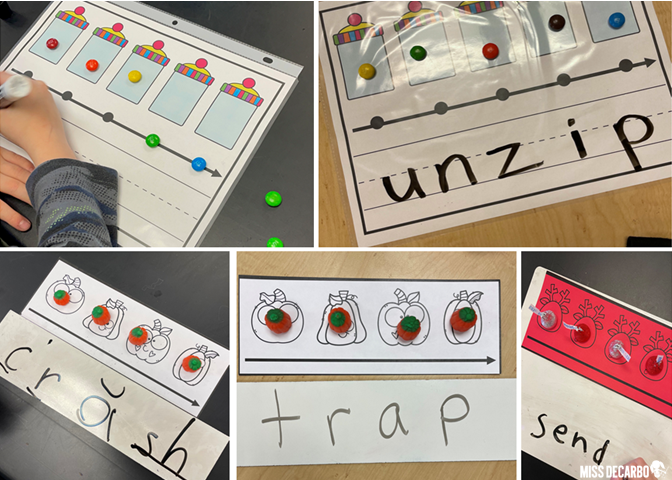
My full year of Word Mapping Mats are a great way to spice up your whole-group and small-group structured literacy lessons. You can put them into sheet protectors to make them write-on/wipe-off with a dry-erase marker. I simply have my students keep an empty sheet protector or two in their folders. Then, I can pass out the mats, they add them to the pocket, and we start our lesson!
Grab the huge pack of Word Mapping Mats HERE or by clicking on the image below to grab it on TeachersPayTeachers:
free monster spelling mat

How about a FREE, ADORABLE word mapping mat that you can print and use with GOOGLY EYES?! (Every kiddo loves googly eyes, right?!) I used this Monster Mat with my own first grade son, and he LOVED it!
Use googly eyes to add “eyeballs” to the monster. The amount of phonemes in the word will determine how many eyes the monster gets! Then, work with your students by asking, “What letter(s) spells that sound?” Adding this mat to a sheet protector will make it reusable for your next small group or lesson. I’ve also included a Phoneme Monster Mat if your students are not ready to attach graphemes to the phonemes, and you simply want to work on segmenting sounds.
Sign up for my e-mail newsletter, and I’ll send this FREE MONSTER MAPPING MAT directly to your inbox! Don’t forget to check your spam and your promotions tab. Sometimes the freebies can get lost in there!
learn more about orthographic mapping
Keep your learning going with these wonderful articles, books, and blog posts that can help you dig deeper into the process of orthographic mapping:
- Book: Language Essentials for Teachers of Reading and Spelling: Module 1 Louisa Moats
- Book: Brain Words: How the Science of Reading Informs Teaching by J Richard Gentry
- Blog Post from Keys to Literacy: The Role of Orthographic Mapping in Learning to Read
- Blog Post from Sarah’s Snippets: How Do We Learn New Words? Orthographic Mapping
get a full year of mapping mats!
If you love the monster freebie, you’ll love having a whole year’s worth of word mapping options to choose from! You can learn more about my resource by clicking below:
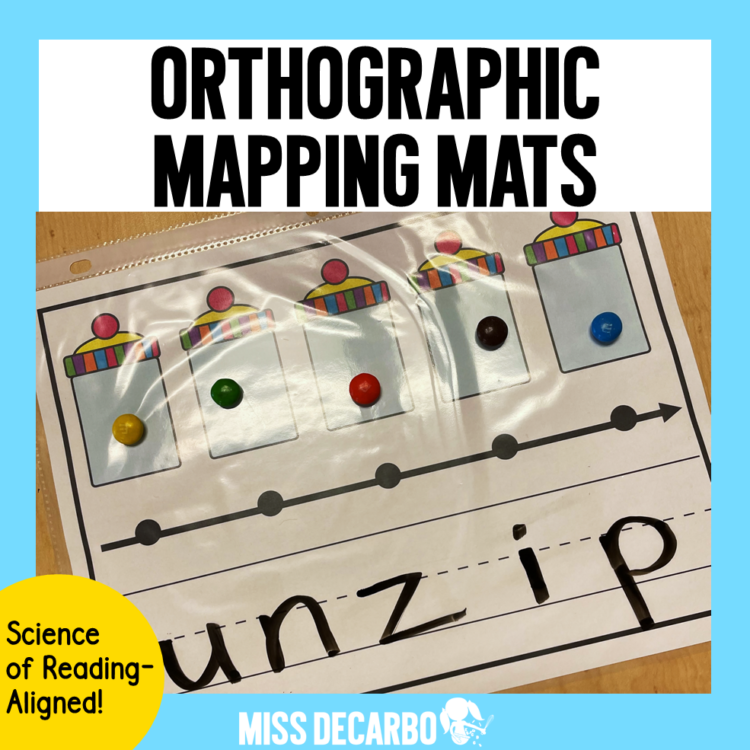
Orthographic Mapping Mats
pin for later
Save this post or pin it for later! You can also pin it to Pinterest and share it with your colleagues by using the image below:
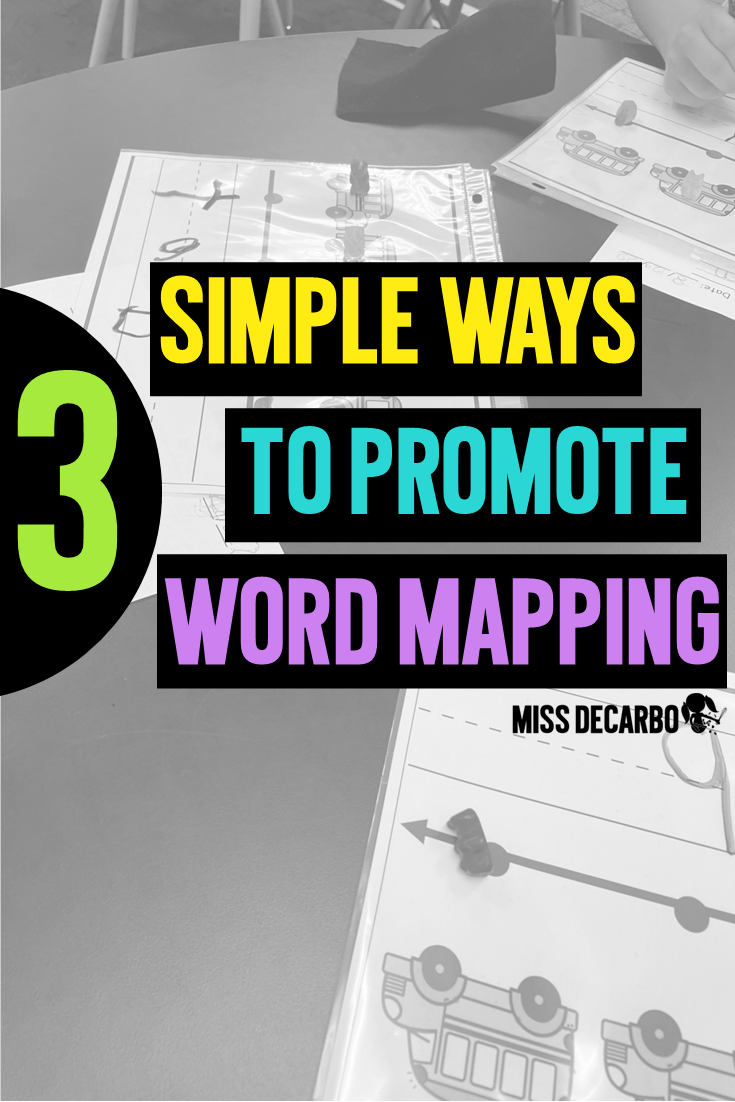

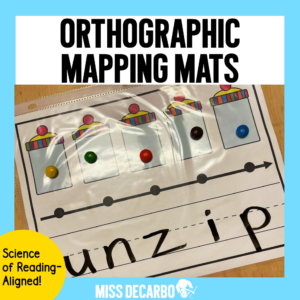

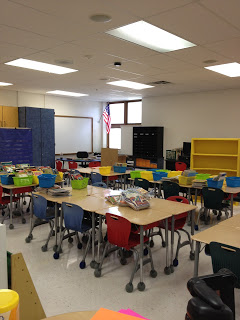
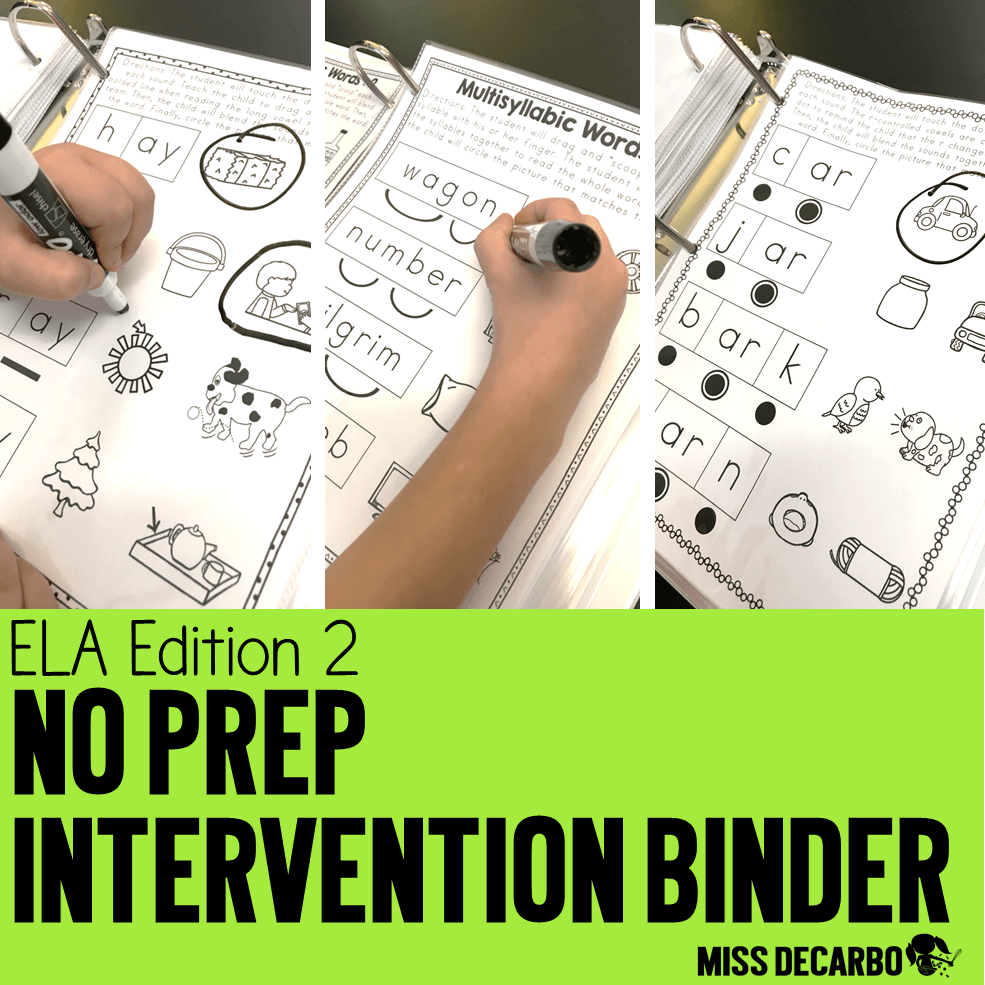
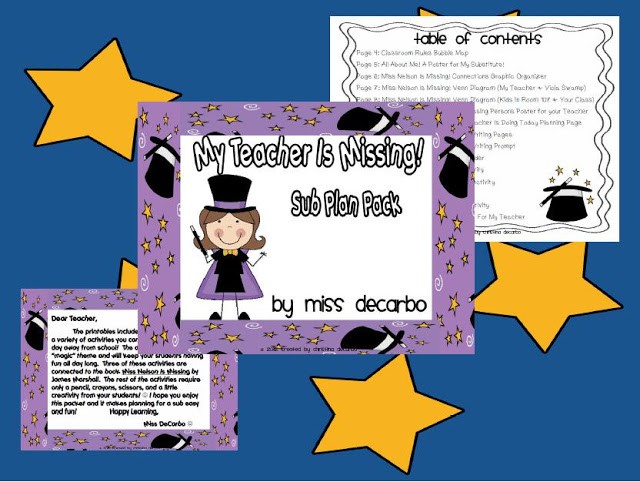

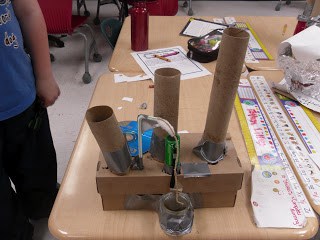
Hi! I already get your emails but I can’t seem to find a download button for the monster mat! I would love to use this resource with my students.
Hi Leah! Something happened to the form that’s making it not show up. Today is Saturday, July 8th when I’m typing this. We will have it fixed by midnight EST tonight, so if you check in the morning it should be there. 🙂 Thank you for your patience! 🙂
Hi Christina,
When word mapping a sight word that doesn’t follow typical rules (ex: “what”)–
most kids would say it has three phonemes, and it’s spelled (wh-u-t). Do we just correct their spelling and focus on the spelling patterns that do follow the rules? Similar to what is done with “heart” words.
Thanks!
Hi Lindsay! Right, we would not want to let them spell that word without us first explicitly teaching the spelling of the heart part to them and practicing it with them multiple times. Spell it with them and draw attention to that heart part. You can draw a heart above or around the a in the word “what”. I hope this helps! 🙂